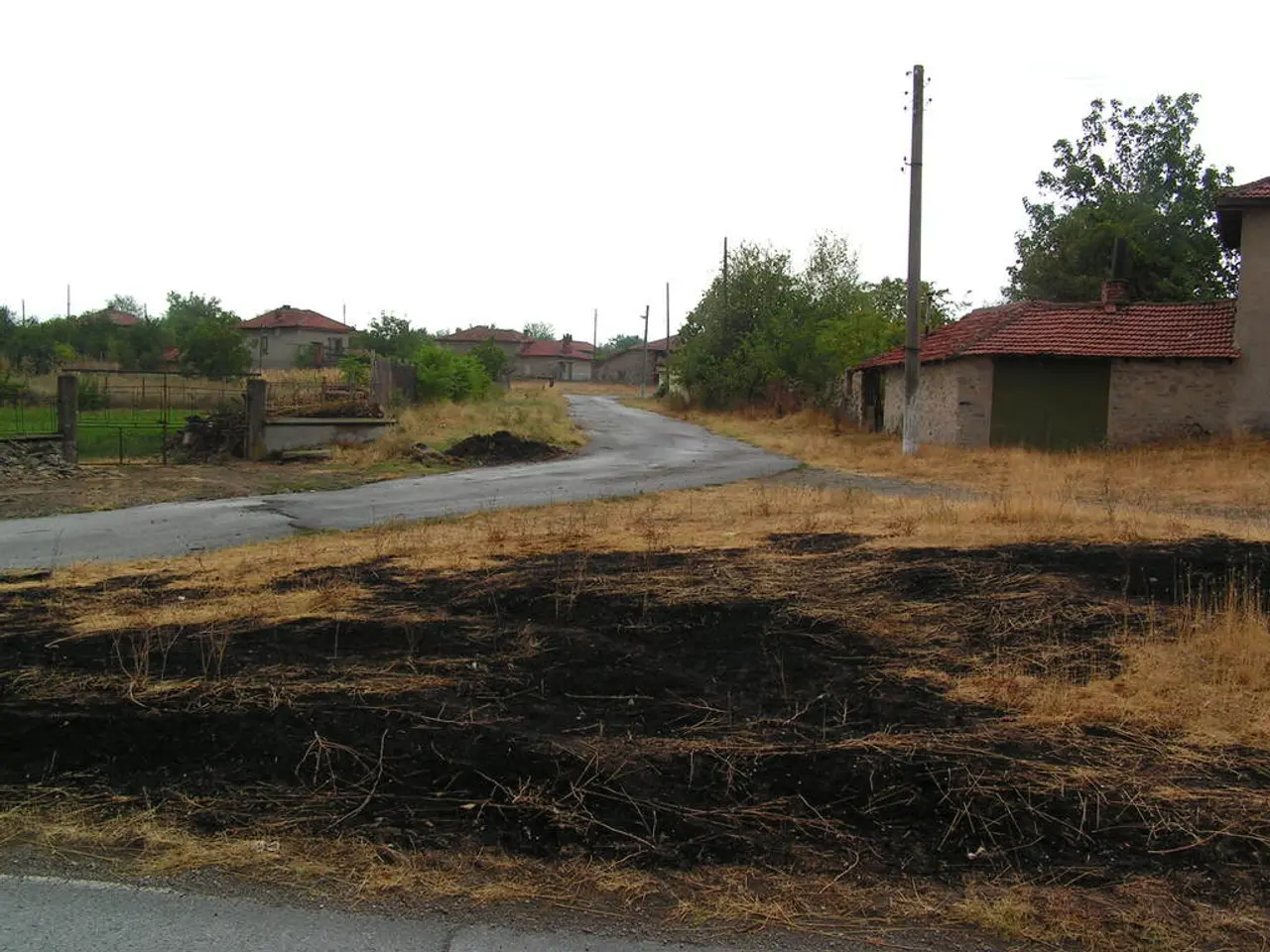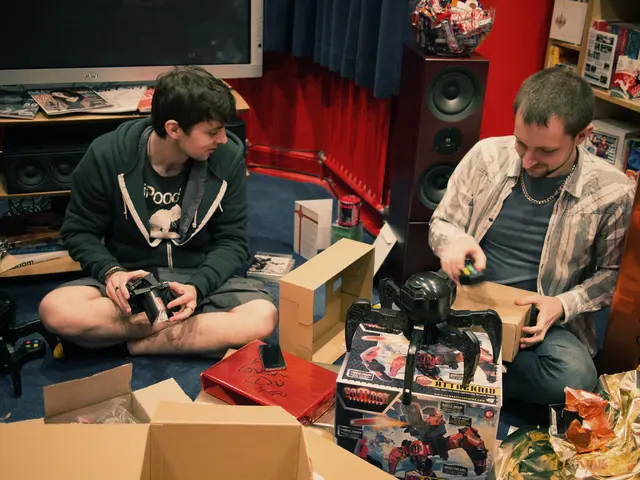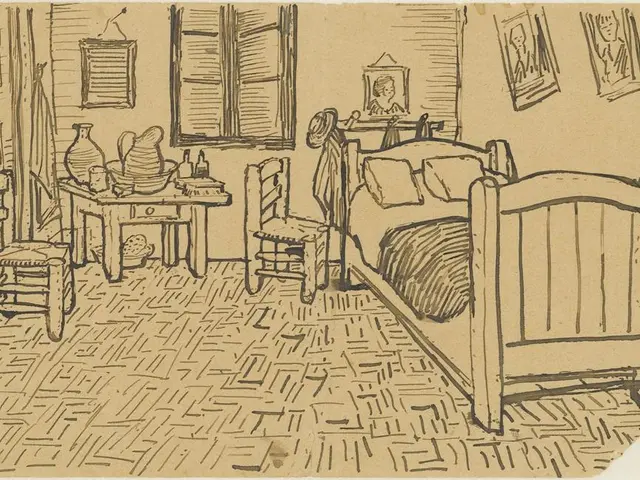Off-the-Grid Living: A Guide to Determining If Self-Sufficient Communities Are Right for You
In recent years, there has been a growing interest in off-grid living, a lifestyle that emphasizes self-sufficiency, sustainability, and a reduced environmental impact. This trend is evident in the increasing number of off-grid communities around the world, each with its unique approach to living in harmony with nature.
One such community is Kovcheg in Russia, where residents build their own homes and grow their own food, focusing on sustainability and independence from modern utilities. Another example is The Konohana Family in Japan, located on Yakushima Island. The members of this community live off-grid in mountain cabins without modern technology, focusing on growing their own food and practicing meditation and yoga.
Lasqueti Island, off the coast of British Columbia, Canada, is another notable off-grid community. With no roads or bridges connecting it to the mainland, the island relies on boats or seaplanes for access. The community values quiet, off-grid living with a strong emphasis on self-sufficiency and environmental conservation.
Across the pond, in the United Kingdom, the Hockerton Housing Project stands out as a sustainable housing community near Southwell, England. It consists of energy-efficient homes with renewable energy systems, autonomous water supply, and organic food production. The community supports cooperative businesses and aims for low environmental impact and climate resilience.
In Denmark, Fertile Soils is an emerging off-grid village near Ebeltoft in eastern Jutland. With about 70 planned sustainable building sites, residents finance their homes independently with a focus on sustainable construction and economic opportunities in rural areas. The community plans to purchase a nearby disused factory to foster local businesses and jobs.
In the United States, the Dancing Rabbit Ecovillage in Missouri emphasizes organic permaculture, natural building, alternative energy, and self-governance. They focus on wildlife habitat preservation and education about sustainable living. Another ecovillage, Cloughjordan Ecovillage in Ireland, aims to combine social, economic, and environmental sustainability within a rural setting.
These communities demonstrate a range of approaches, from remote island living free of modern infrastructure to eco-conscious housing projects integrating renewable energy and cooperative economies. They collectively reflect the global trend towards self-sufficiency, sustainable building, and reduced environmental impact for those who wish to live off-grid.
Moreover, living in off-grid communities can offer improved environmental conditions and better health benefits. It encourages an active lifestyle, improved sleep patterns, healthier diets, and mental well-being. Additionally, it trains individuals to be self-reliant and independent.
A portable solar generator, such as the Solar Generator 767 with a 10-year lifespan, 2400W large energy capacity, and multiple charging ports, is a crucial component for off-grid living, providing a reliable power source using renewable energy. A water filtration system is also necessary to ensure the safety and quality of natural water sources.
Organic gardening, aquaponics systems, or other gardening methods should be considered for sustainable food sources in off-grid living. Essential supplies for off-grid living include these renewable energy sources, water filtration systems, food storage, cooking equipment, first aid kits, and multi-purpose tools.
Being part of an off-grid community provides a sense of belongingness due to collaborative projects and genuine connections formed. Off-grid living has become easier with the inventions of devices that use renewable energy sources, making it more accessible for those interested in this lifestyle. It may be suitable for individuals who enjoy rural areas, gardening, and building their homes.
In conclusion, off-grid living offers a unique opportunity to live sustainably, promote environmental conservation, and foster a sense of community. With the increasing number of off-grid communities around the world, it is clear that this lifestyle is gaining popularity as more people seek to live in harmony with nature.
[1] https://www.treehugger.com/sustainable-product-design/worlds-most-sustainable-communities-4-off-grid-homes.html [2] https://www.bbc.com/future/article/20190513-the-village-that-is-trying-to-be-self-sufficient [3] https://www.denmark.dk/news/fertile-soils-off-grid-village-in-denmark-wants-to-be-a-model-for-sustainable-living [4] https://www.solargenerator767.com/ [5] https://www.ecovillage.org/ecovillages/dancing-rabbit-ecovillage/ [5] https://www.cloughjordanecovillage.ie/
The Hockerton Housing Project, a sustainable housing community in the United Kingdom, embodies the trend of self-sufficient living by incorporating energy-efficient homes with renewable energy systems, autonomous water supply, and organic food production. In addition, being part of an off-grid community, such as Fertile Soils in Denmark, provides a sense of belongingness due to collaborative projects and genuine connections formed, and has become easier with the advent of devices using renewable energy sources.





